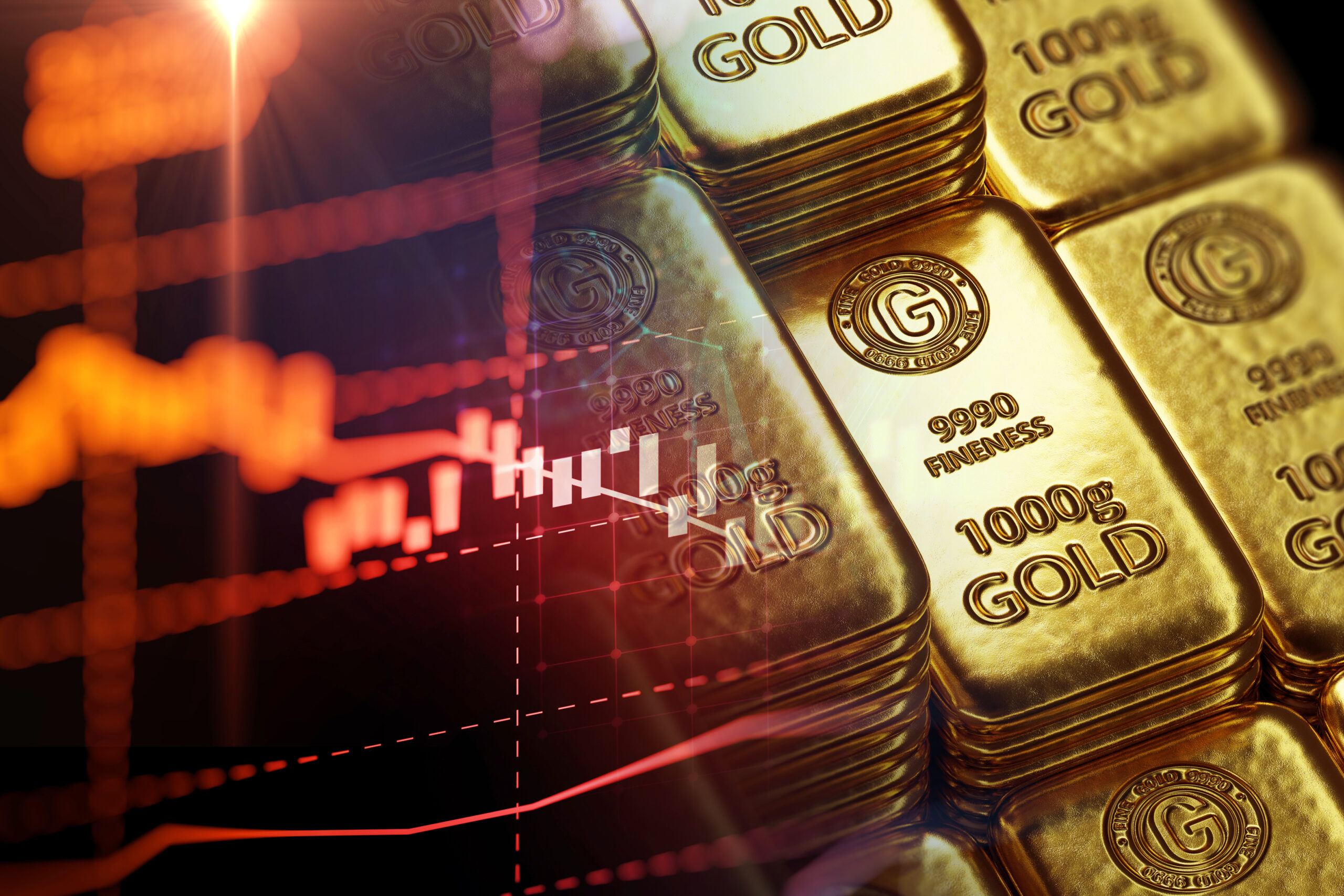Investments in gold part 2: so where does the demand come from?

In the first part of our blog series on gold, we showed how much the gold price is negatively correlated with real interest rates. If real interest rates rise – interest rates corrected for inflation – the gold price comes under pressure due to the increased opportunity costs: Holding gold as an investment without a return is significantly less attractive compared to holding bonds, for example. Against the backdrop of declining inflation and, at best, sustainably higher interest rates, the currently stable gold price is astonishing. How can this be?
Since gold does not yield any income, the price of the precious metal results from supply and demand. While the supply as well as the consumption is stable, the demand is the price-determining component.
Investors represent a not insignificant part of the demand for gold. The buying and selling volume of ETFs (Exchange Traded Funds) can be used as an indicator of the demand for gold. ETFs often hold gold physically and are accordingly forced to buy or sell gold in the market depending on the demand of ETF investors.

Looking at the volumes moved by the funds, a clear picture emerges: For thirteen months now, net gold has been sold every month; since the beginning of the year, almost 950 thousand ounces have been put on the market – representing over 10% of the total volumes.
Despite this selling pressure, the gold price has been stable, which can be explained by the demand from another player. For example, since the systematic start of gold purchases in October 2022, the Chinese central bank has bought more than 120 tons of gold to date, compensating for the loss of investor demand. How far China will continue the purchases – the gold price development will depend on that.
